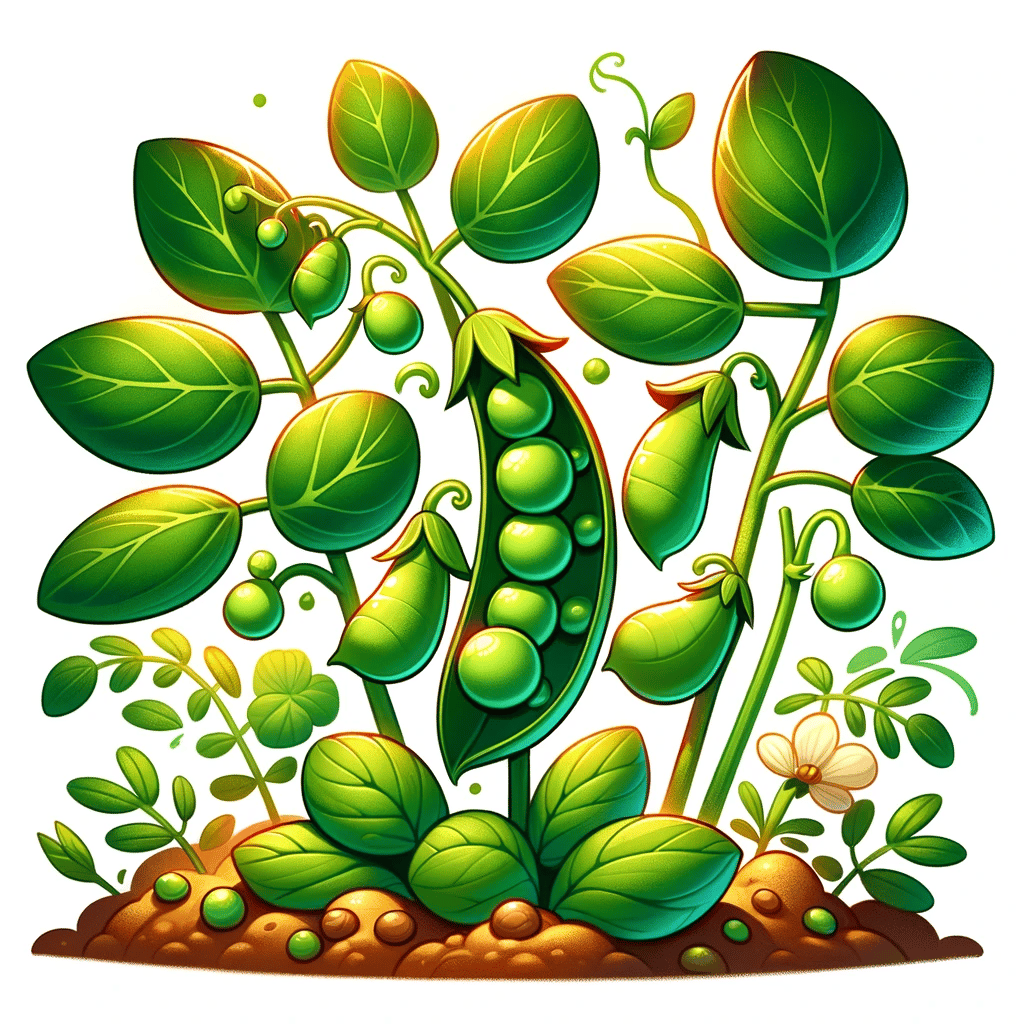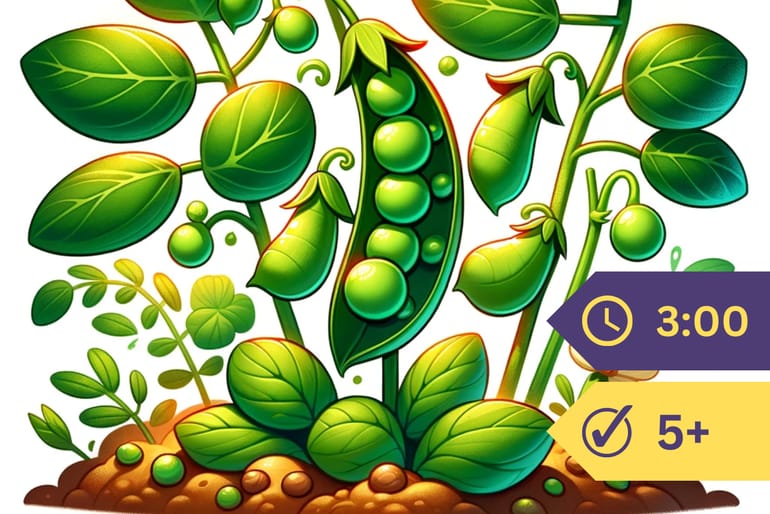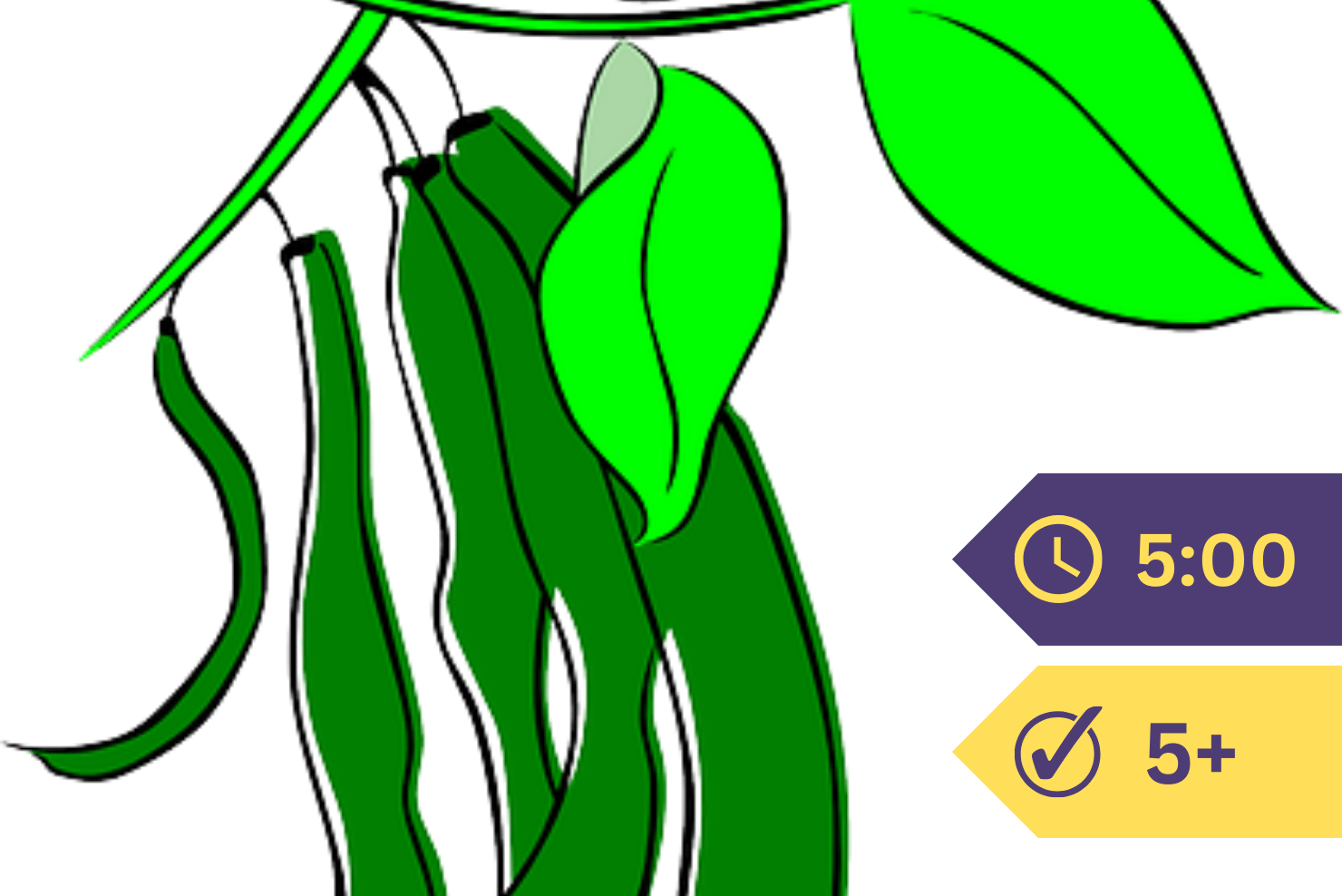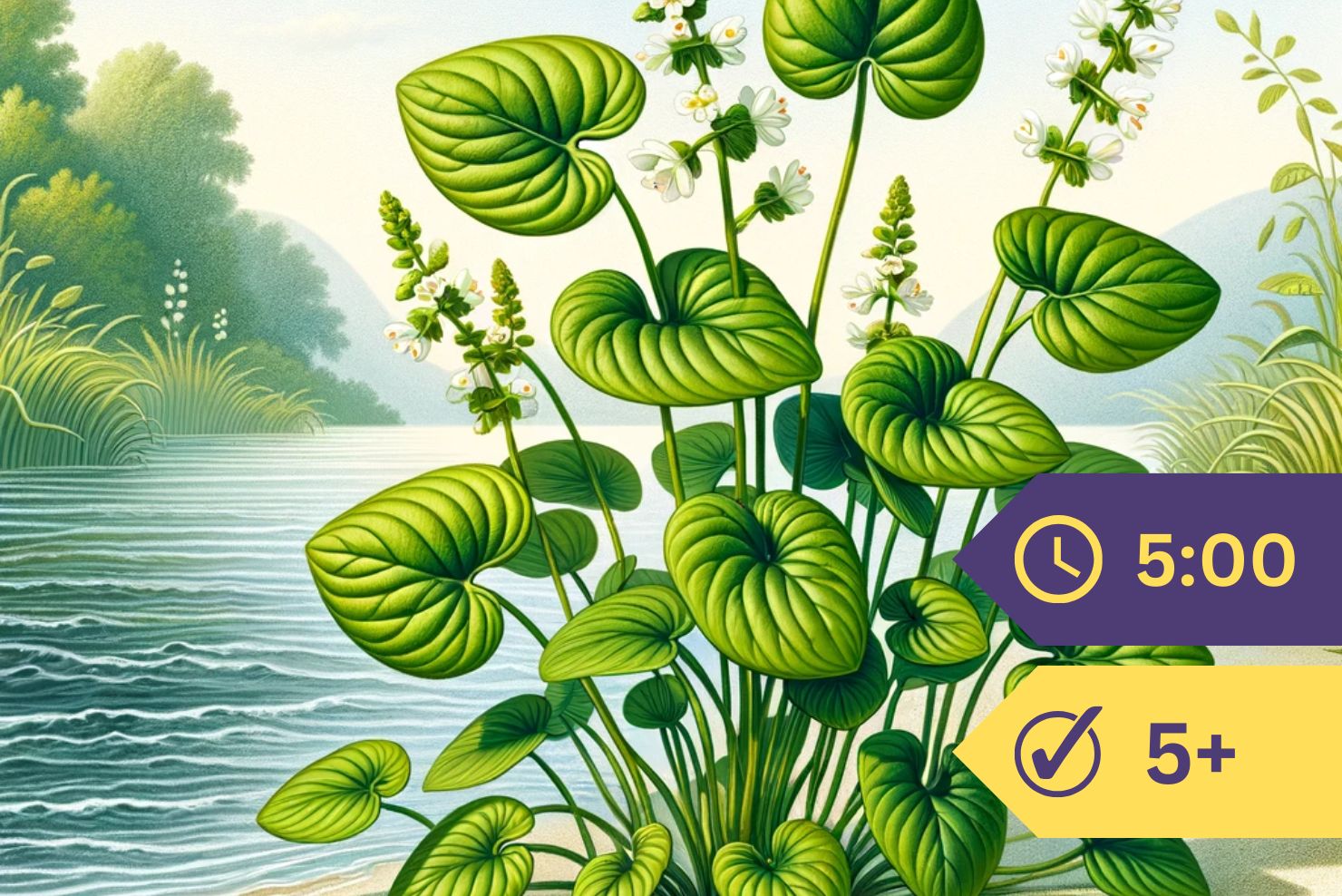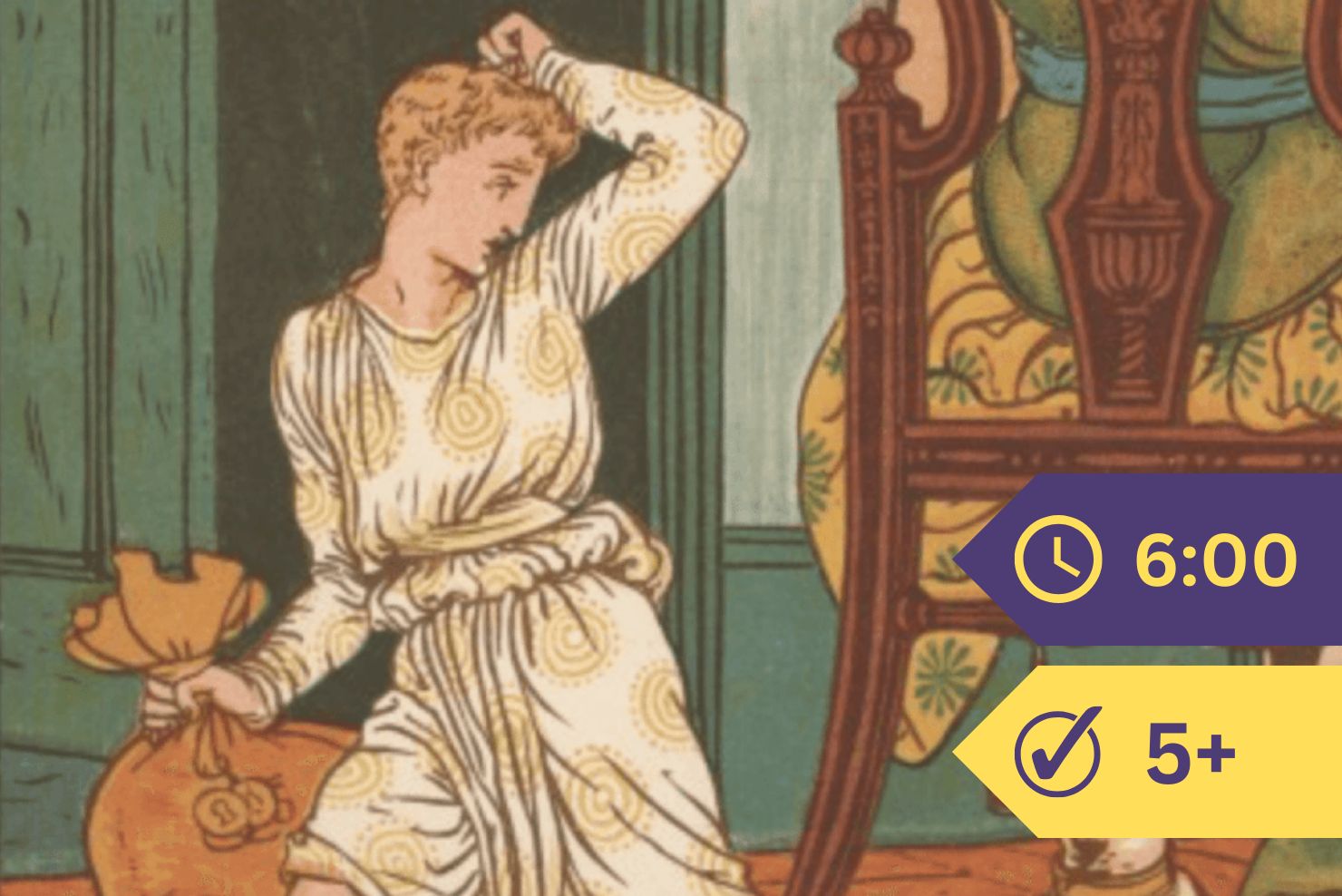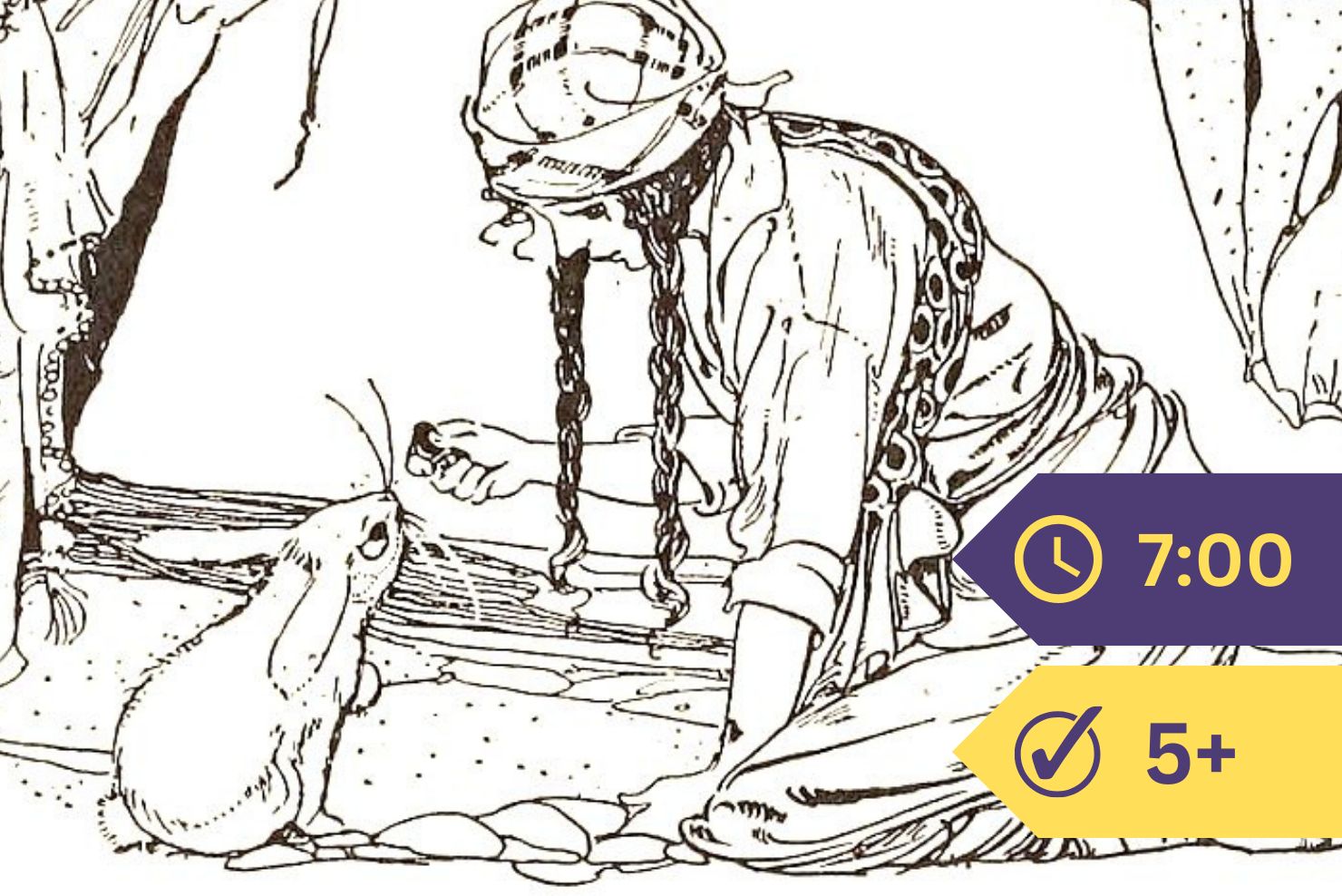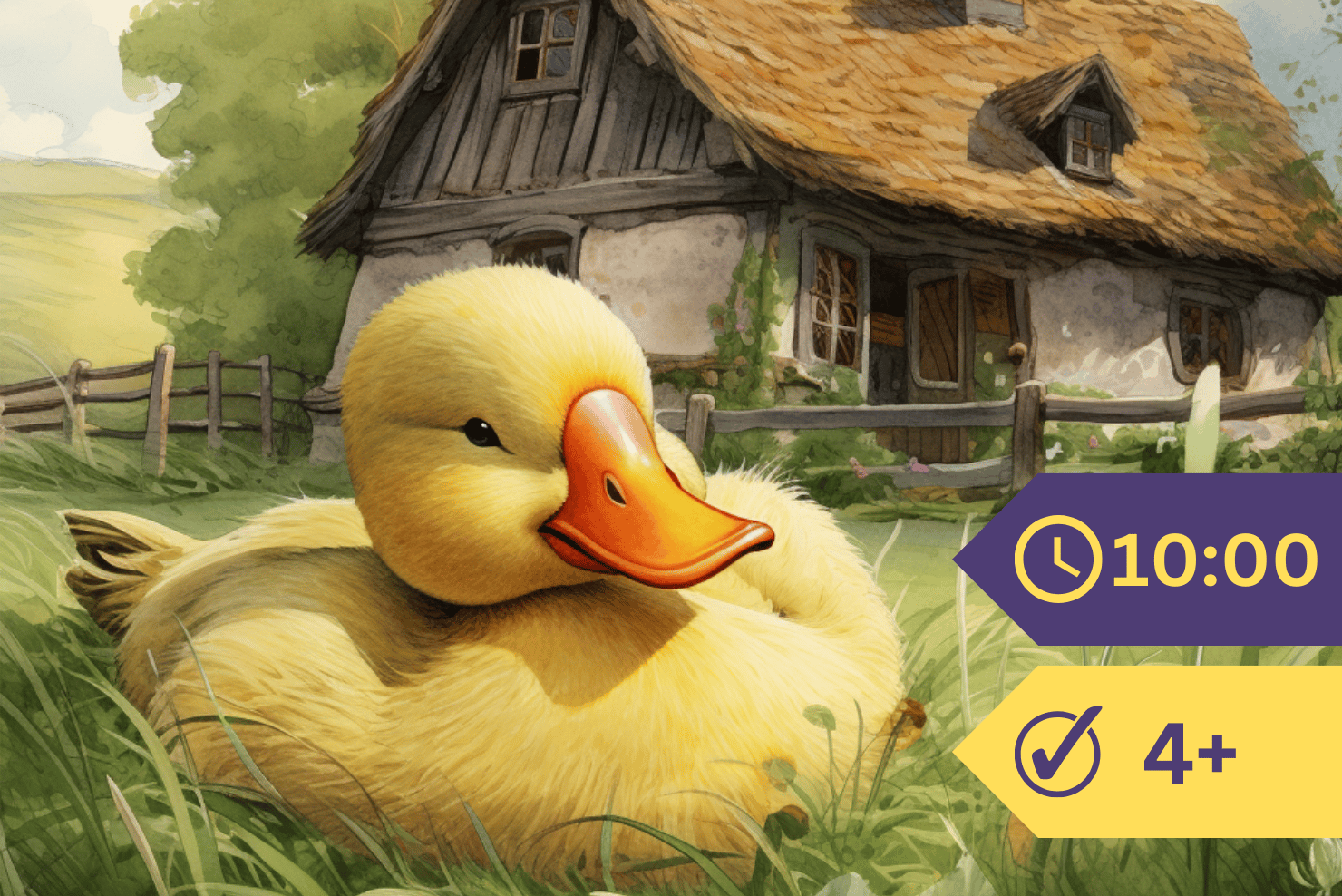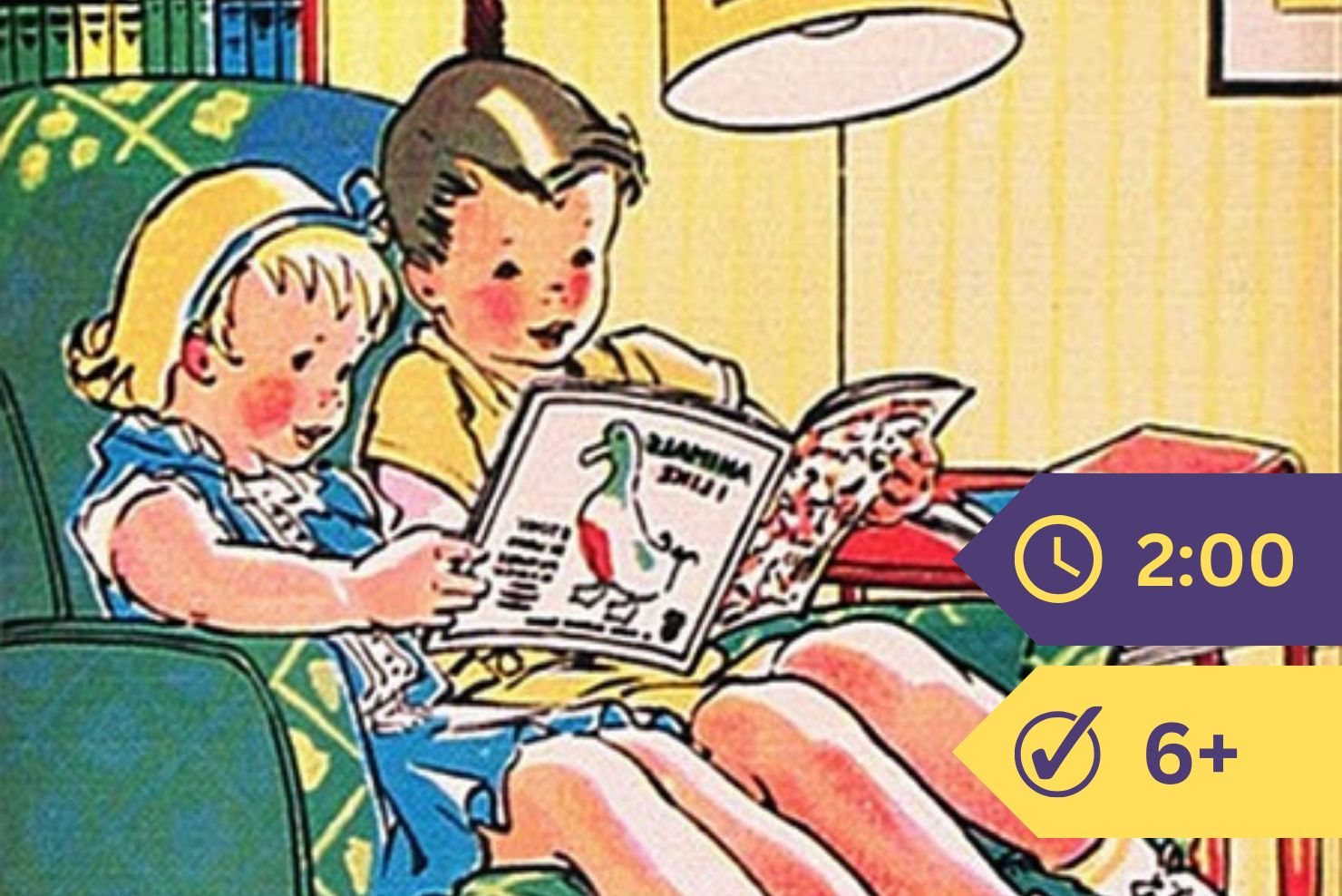The Pea family is a large one, and it is worth our while to find out what plan it uses in flower building.
Let us look at a pea blossom and see of what parts it is made up.
“There is the green cup, or calyx,” you say.
Yes, that is plain enough. It is cut up into five little leaves.
“And there is a circle of flower leaves, which makes the corolla.”
Let us pull apart both calyx and corolla, and place the separate leaves as in the picture.
The five smaller leaves, the ones marked ca, are the green of the calyx.

The five larger ones, marked co, belong to the corolla. These, you notice, are not all alike. The upper one is much the largest.

The two side ones are alike.
In the real flower the two lower ones are joined so as to form a little pocket.
And what else do you find?
Now, if you do not pull apart the pea blossom, you find nothing else. But you know that the seed-holding fruit is the object of the flower’s life, and that so this flower is pretty sure to have somewhere either a pistil with its seedbox, or stamens with their dust boxes, or both; for without the seeds of the seedbox, and the pollen of the dust boxes, no fruit can result.
So, knowing that the pea blossom cannot give birth to a pea pod without stamens and pistil, let us have a search for these.
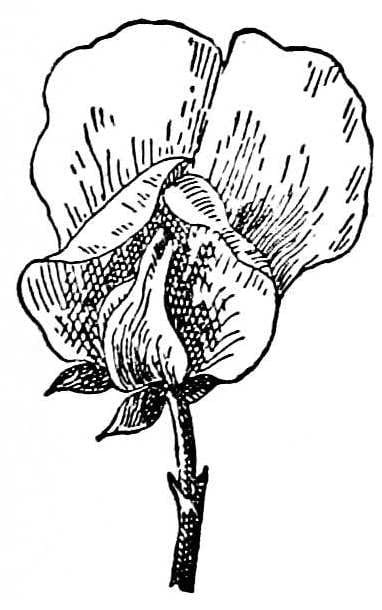
As I told you, the two lower leaves of the corolla are joined so as to form a sort of pocket. Now, surely, a pocket is meant to hold something. So take a pin and slit open this pocket. As the two sides spring apart, out flies some golden pollen, and we see that the little pocket is far from empty. It holds ten stamens and one pistil.
If you look at these carefully, you see that one stamen stands alone, while the other nine have grown together, forming a tube which is slit down one side. This tube clings to the lower part of the pistil.
Now, if you pull this tube away, what do you see?
You see a little, green, oblong object, do you not?
And what is it? Do you not recognize it?
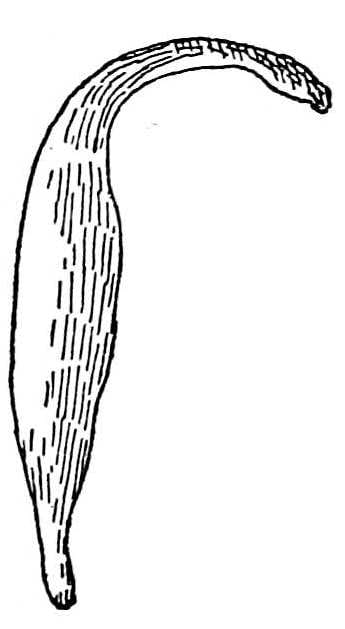
Why, it is a baby pea pod. Within it lie the tiny green seeds which are only waiting for the fresh touch of life from a pollen grain to grow bigger and bigger till they become the full-grown seeds of the pea plant,—the peas that we find so good to eat when they are cooked for dinner.
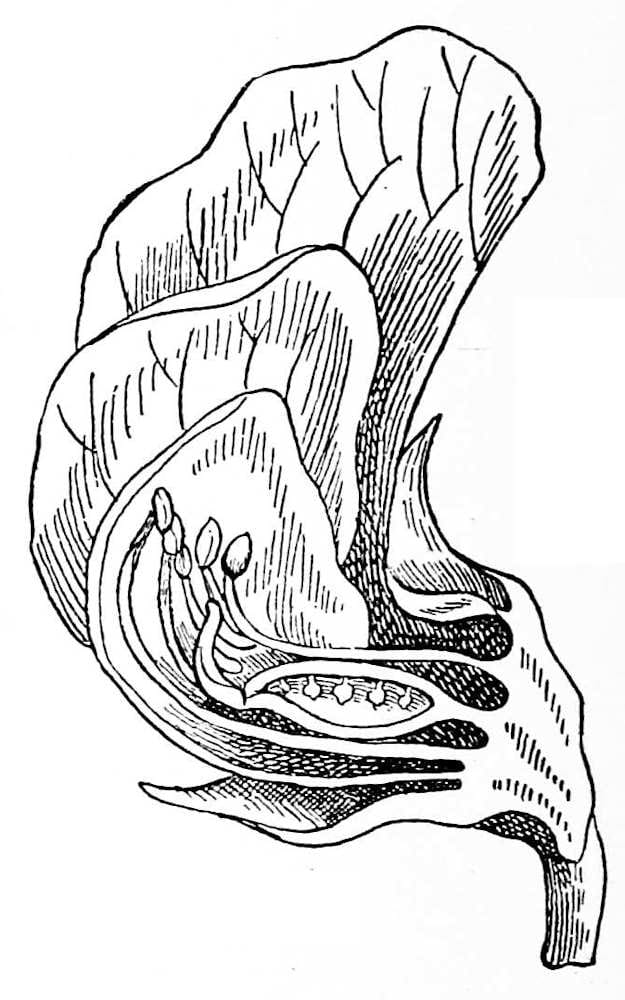
So, after all, the building plan of the pea blossom is nothing but the old-fashioned one which reads
- Calyx.
- Corolla.
- Stamens.
- Pistil.
Had I not told you to do so, I wonder if you would have been bright enough to pull apart the little pocket and discover the stamens and pistil.
What do you think about this?
